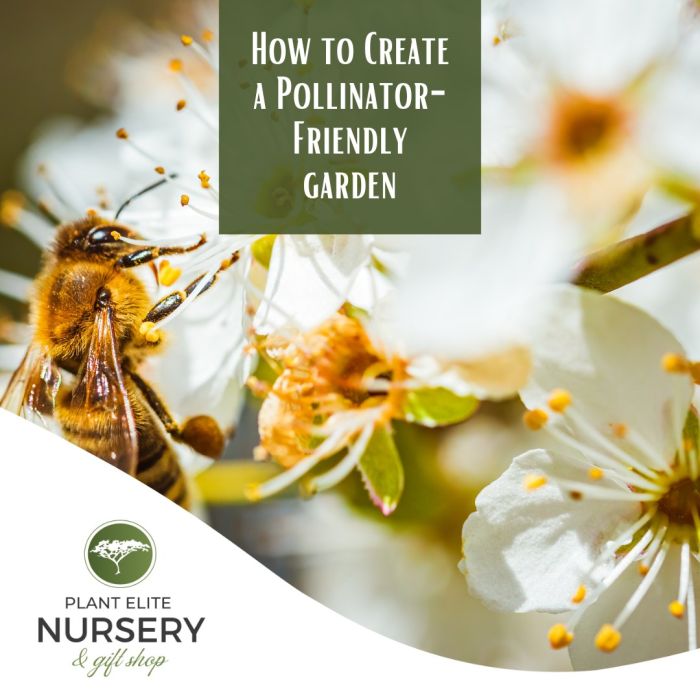In the intricate tapestry of nature, pollinators weave the threads that sustain life. From the vibrant hues of butterflies to the industrious buzz of bees, these creatures play a crucial role in the reproduction of flowering plants, ensuring biodiversity and food security. Yet, as their populations decline worldwide, it’s imperative that we take action to support them. One powerful way to contribute is by cultivating a pollinator-friendly garden, adorned with indigenous South African plants. Let’s explore how to create such a sanctuary, harmonising with the unique flora and fauna of this diverse region.
Understanding Pollinator-Friendly Gardens: A pollinator-friendly garden in South Africa mirrors the rich tapestry of its native ecosystems. It beckons to a myriad of pollinators, offering a haven rich in nectar, pollen, and shelter. By selecting indigenous plants, minimising pesticides, and nurturing habitat diversity, these gardens become vibrant oases that sustain not only pollinators but the entire web of life.
Steps to Create Your Pollinator-Friendly Garden with South African Plants:
- Selecting Indigenous Plants: Embrace the biodiversity of South Africa by choosing native plant species that have evolved alongside local pollinators. Opt for varieties such as:
- Agapanthus (Agapanthus africanus): Known for its striking blue or white flowers, agapanthus provides a bountiful supply of nectar and attracts bees and sunbirds.
- Aloe (Aloe spp.): With its dramatic, succulent leaves and vibrant tubular flowers, aloe is a favorite of sunbirds and insects like carpenter bees.
- Cape Honeysuckle (Tecoma capensis): This evergreen shrub produces clusters of tubular orange or red flowers that are irresistible to sunbirds, butterflies, and bees.
- Wild Dagga (Leonotis leonurus): A tall, drought-resistant plant with spikes of orange tubular flowers, wild dagga is a magnet for bees, butterflies, and sunbirds.
- Plumbago (Plumbago auriculata): With its delicate blue flowers, plumbago attracts butterflies and bees throughout the year.
- Providing Water: Ensure pollinators have access to clean water by incorporating shallow dishes or small ponds into your garden design. Add rocks or floating vegetation to provide landing spots and prevent drowning.
- Creating Habitat: Mimic the diverse habitats of South Africa by incorporating a variety of features into your garden, such as:
- Rockeries: Provide shelter for ground-dwelling insects and reptiles.
- Piles of Logs and Stones: Offer refuge for insects, amphibians, and small mammals.
- Tall Grasses and Indigenous Shrubs: Provide nesting sites and shelter for birds and insects.
- Minimising Pesticides: Embrace natural pest control methods to protect pollinators and other beneficial insects. Encourage natural predators like ladybugs, lacewings, and birds, and use organic solutions like neem oil to manage pests.
- Maintenance: Regularly tend to your garden by removing invasive species, deadheading flowers, and replenishing mulch. Monitor for signs of pests or diseases and address them promptly using environmentally friendly methods.
Benefits of Pollinator-Friendly Gardens: Beyond supporting pollinator populations, South African pollinator-friendly gardens offer a multitude of benefits. They conserve biodiversity, celebrate indigenous flora, and provide havens of beauty and tranquility. Moreover, they serve as educational resources, inspiring communities to reconnect with nature and champion conservation efforts.
Conclusion: As custodians of South Africa’s natural heritage, each of us has the power to nurture and protect its precious ecosystems. By creating pollinator-friendly gardens adorned with indigenous plants, we not only support vital pollinator populations but also foster a deeper connection to the land. Let’s embrace the splendour of South Africa’s botanical diversity and cultivate gardens that serve as beacons of hope and vitality for generations to come.


